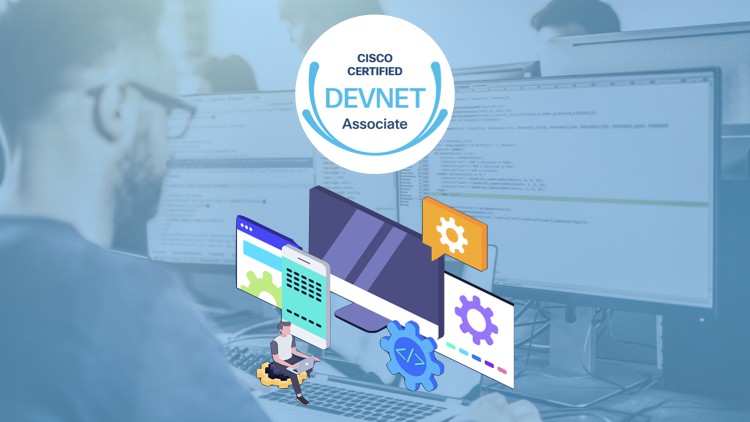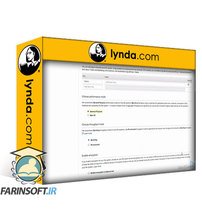در حال حاضر محصولی در سبد خرید شما وجود ندارد.

Get ready to CRUSH your Cisco DEVASC (200-901) v1.1 exam! Designed for the new (2024) DEVASC (200-901) exam blueprint.
در این روش نیاز به افزودن محصول به سبد خرید و تکمیل اطلاعات نیست و شما پس از وارد کردن ایمیل خود و طی کردن مراحل پرداخت لینک های دریافت محصولات را در ایمیل خود دریافت خواهید کرد.


Cisco CCNA (200-301) Master Class

مدرک بین المللی CompTIA Network+ : آزمون N10-008
-Master-Class-main-resized.jpg)
دوره یادگیری کامل CCNP ENCOR (350-401)

ENARSI (300-410) v1.1 Video Training Series (2023 Blueprint)
-Master-Class-main-resized.jpg)
فیلم یادگیری کامل CCNA (200-301)

Complete CompTIA Network+ (N10-008) Video Training Series

آموزش نکات و ترفندهای مدیریت AWS

PowerShell for Exchange Administration

SCOR (350-701) v1.1 Video Training Series

علوم داده: مبانی آپاچی Sparklyr برای مبتدیان